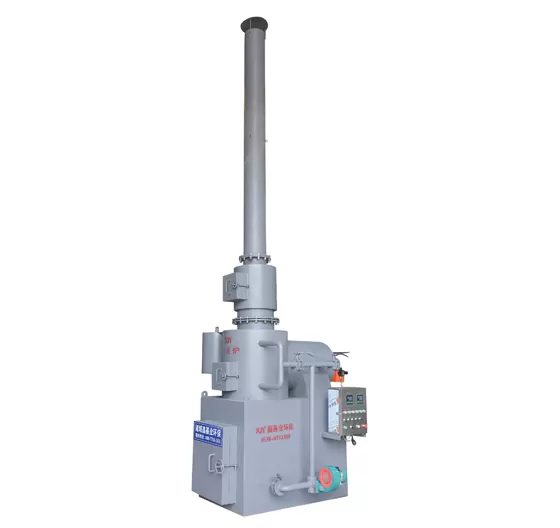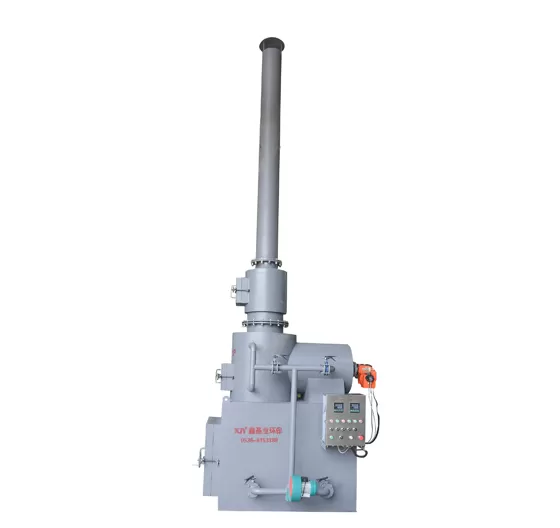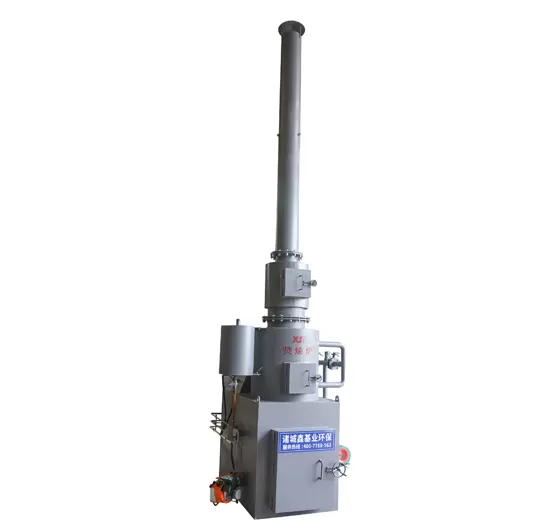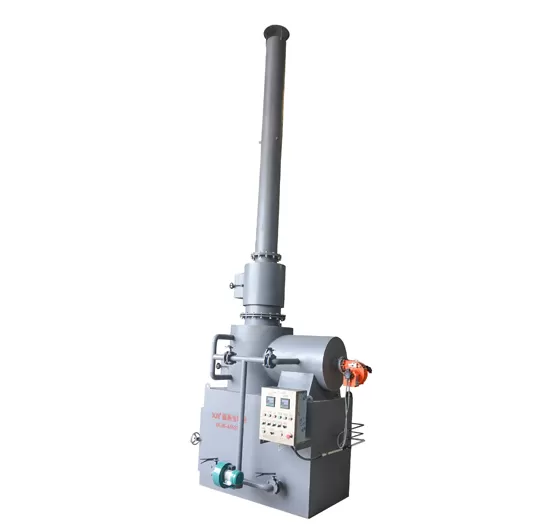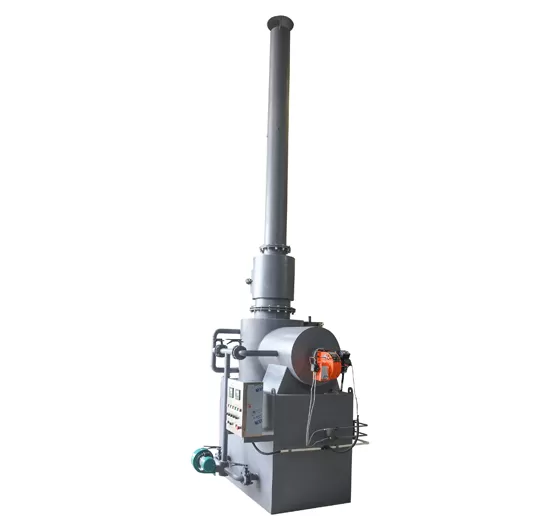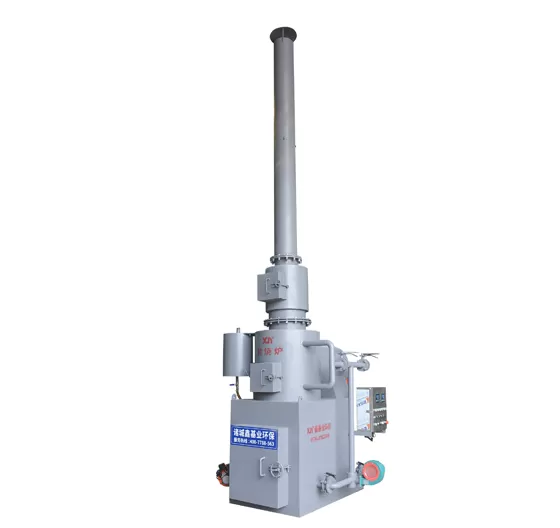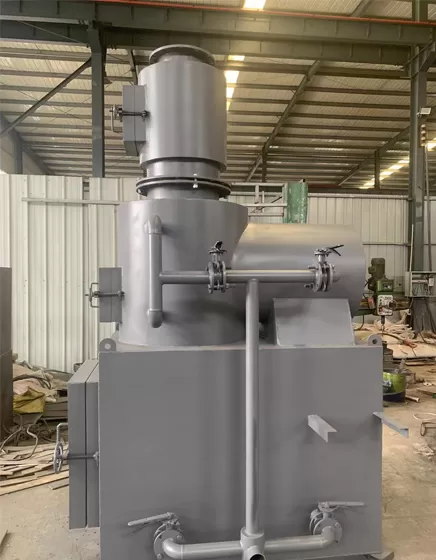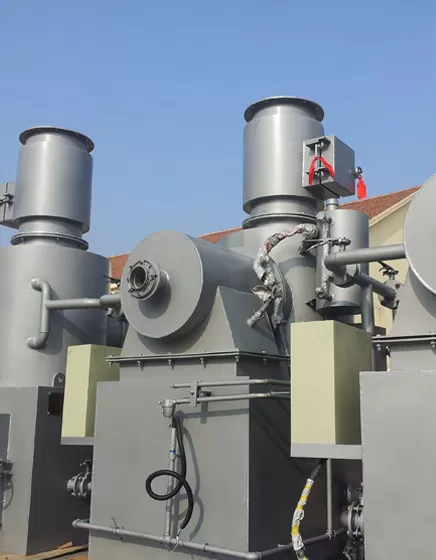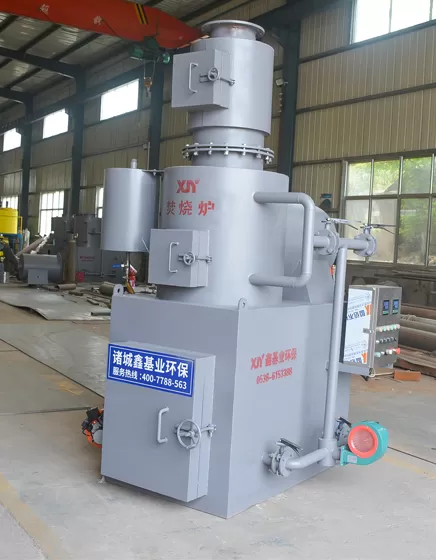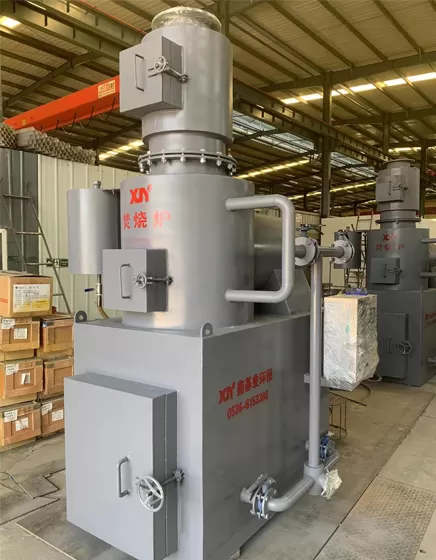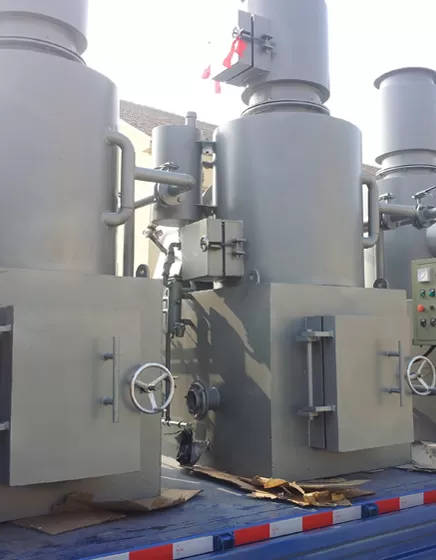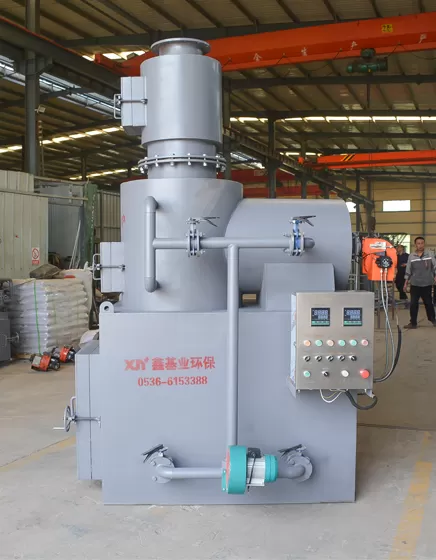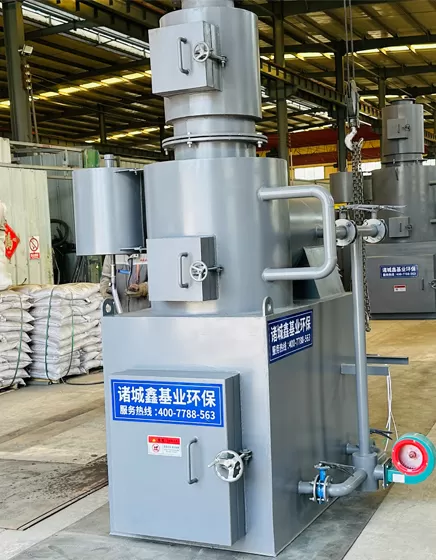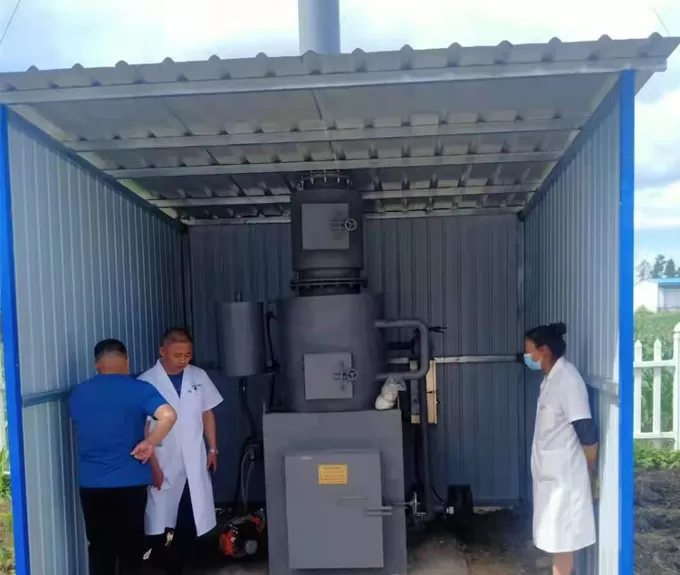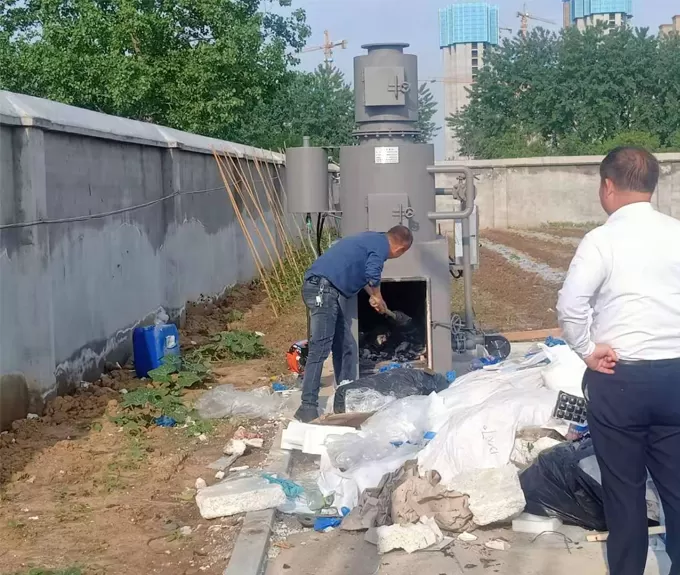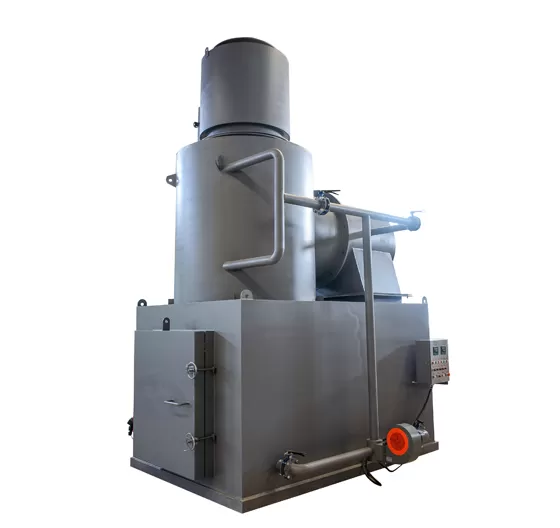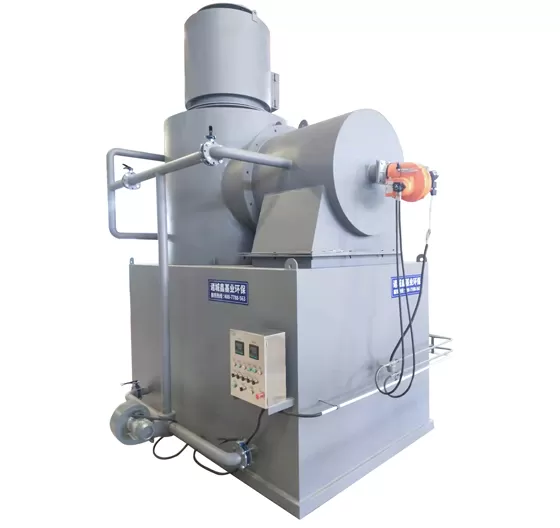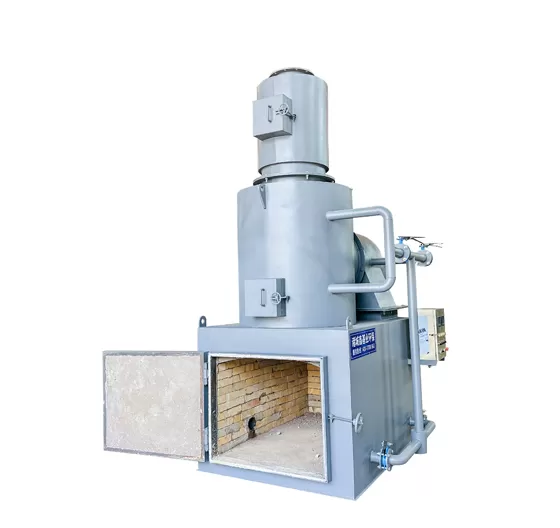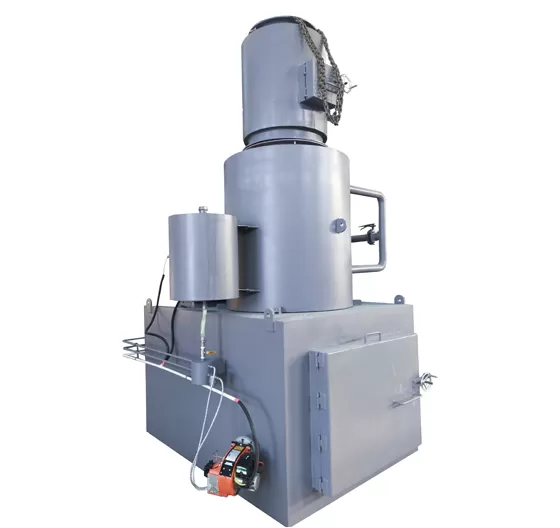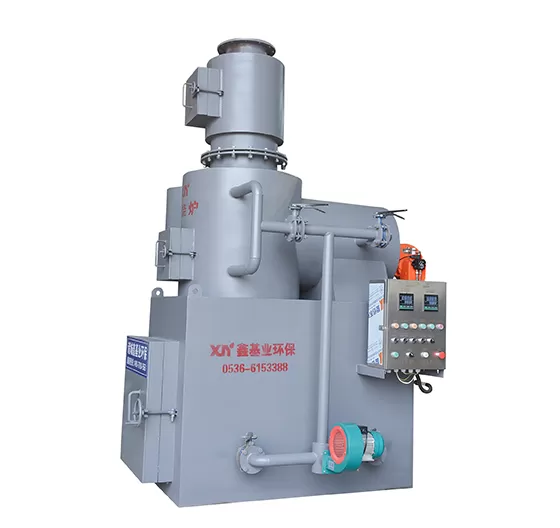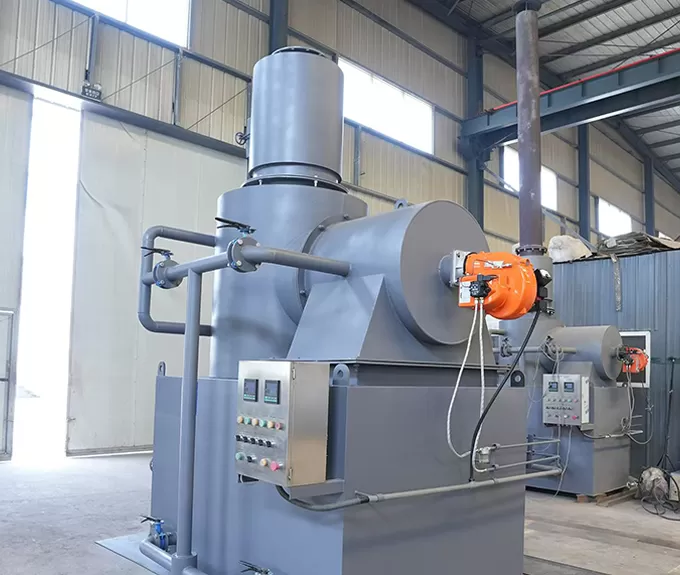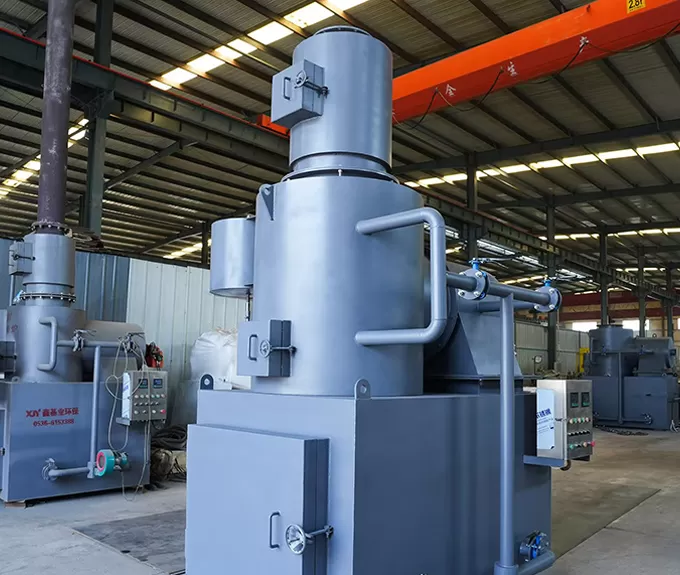Poultry incinerators are specialized waste management devices designed to efficiently and safely dispose of poultry waste, including carcasses, feathers, and other by-products. These incinerators play a crucial role in maintaining biosecurity, preventing disease spread, and ensuring environmental compliance on poultry farms.
High-Temperature Combustion
Poultry incinerators operate at high temperatures, typically exceeding 800°C, ensuring complete combustion of waste materials. This process not only reduces waste volume but also destroys harmful pathogens and bacteria, including those associated with avian influenza and Newcastle disease.
Dual Chamber Design
Many poultry incinerators feature a dual-chamber design. The primary chamber handles initial combustion, while the secondary chamber ensures complete combustion of gases, reducing emissions and the formation of harmful by-products.
Fuel Efficiency and Burners
Modern poultry incinerators are designed for optimal fuel efficiency, often using natural gas, propane, or diesel. Re-adjustable burners and advanced control systems help minimize fuel consumption while ensuring thorough incineration.
Advanced Control Systems
These incinerators come equipped with digital control boxes that allow precise adjustments of burn parameters. Automated systems ensure consistent and controlled heat, reducing the need for manual intervention.

